|
Butler and Wilson started out selling vintage jewellery on London Market stalls, from these humble beginnings they became one of the biggest names in jewellery, beloved by royalty and celebrities alike. I have been lucky enough to buy some amazing vintage Butler and Wilson jewellery as part of lots I have purchase. It is always a joy to see the quality and imagination of these pieces. The range of materials from gold and silver plates metals to gunmetal and rhodium, in addition to a fantastic array of rhinestones, crystals, beads and semi-precious stones means that the colours, textures and design of B&W pieces is always a joy. Butler and Wilson pieces reflect the joy of life, often being very whimsical, such as crowns, teddy bears, spiders, dragons and even the odd cactus!!!
1 Comment
OK, so if I start explaining what a necklace, a bracelet or earrings are, you'll probably immediately close this page because my approach will be too simplistic, bear with me however as I relate some interesting discoveries I have made on my journey with jewellery so far. Tiaras Tiaras have long been fashionable, particularly in the last two decades of the 1800s. In fact they were so fashionable that many necklaces of that period were made from rigid metal frames to allow them to be worn as tiaras too. Tiaras these days are probably limited to weddings and royalty and so far I haven't come across many whilst buying jewellery. In the 1800s and early 1900s the rules for wearing tiaras were very strict. If an occasion required full evening dress then there was a chance or possibly a requirement that tiaras would be worn and in the early 1990s this was often stated on invitations. Strictly speaking, the first time a woman wore a tiara was on her wedding day and thus, at formal occasions, girls and unmarried women were forbidden from wearing them. Tiaras of gold leaves in archaeological styles were common in the 1860s, by the late 1800s tiaras were often graduated rows of spikes with trefoil motifs or scrolled lyre designs. Winged designs and clustered motifs of flowers or stars were common designs in the early part of the twentieth century and were characteristically exuberant in their style and thus the preserve of the wealthy elite. By the 1920 the tiara had been replaced the bandeau which was well suited to the art deco style and to the new fashion for evening dresses with straight lines. The traditional tiara made a bit of a comeback in the 1930s for formal occasions as the bandeau lost favour but by the 1940 jewellery hair ornaments of any type were no longer fashionable. Of course tiaras were not the only jewelled hair ornament worn... Combs and Brooches I have come across more combs in my tour of vintage jewellery as their popularity has remained more constant than that of the tiara, although they have never been amazingly popular. Generally less elaborate than tiaras and so worn on less formal occasions, the myriad of designs makes these a fabulous accessory. In the late 1800s comb designed were often art nouveau inspired and carved in unusual materials such as horn and enamel. Brooches were also often worn in the hair during this period. The tradition of wear both combs and brooches has always existed but dwindled into the twentieth century, except for special occasions such as weddings. Nevertheless, some beautiful modern and vintage examples exist. Hairclips
Hair clips became increasingly popular towards the end of the twentieth century and have remained a fashionable accessory in novel and jewelled form, for both everyday and occasion wear. During the 1960s the fashion for jewelled hair ornaments of any type almost disappeared, as it did during the 1940s. A brief revival for clips and brooches to adorn the elaborate piled up hairstyles of the 1950s did occur, but no return to the elaborate jewelled pieces of the early 1900s and late 1800s was seen. Clips were very popular in the 1920s, being worn whenever a bandeau was not .. From the late 19th century the tradition of wearing festive corsages developed. Initially these were composed of simple materials such as cloths, ribbon and simple trinkets. The 1940s saw a greater variety of brooches become popular including reindeer, Santa, wreaths and of course Christmas trees; these brooches were also made of metal which was much more durable. 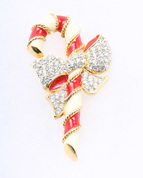 During the Korean war, American mothers and wives wore Christmas brooches and sent then to the wives and sons, leading to rise in popularity during the 1950s. Subsequently the fashion has grown and spread leading to many jewellery designers produce limited edition Christmas brooches each year. Although many designers produce and signed Christmas brooches, the beauty of unsigned pieces should never be overlooked. They are often of equal or even superior quality and feature some imaginative, colourful and wonderful designs that collectors are sure to love for many years to come.
When reciving a new shipment of vintage jewellery the ability to age the pieces (approximately) is quite important. People will probably not expect to know that a particular piece was made in 1959 on October 21st but thay will want to know if it is a 1940s or a 1960 piece. What classes as vintage? Generally items that are 20 years old or more are classed as vintage, whereas items need to be 100 years old to class as antique. This means items from 1920 all the way to the early 1990 are vintage items. I don't normally class something as vintage unless in is 1980s of before - but some pieces from the 1990s are already very collectable. The first step in determining age, is the source. If I buy an estate lot - I ask how many generations of jewellery I am dealing with, this gives me a clus as to the age range of the pieces. The jewellery itself - the clasp type, or earring backs also provide a wealth of clues as to its age. hook clasps were common in the 1950s and 1960s, whereas barrel clasps were porular in the 1930s and have stayed popular. More next time....
In 1962 Kenneth jay Lane began making 'art that becomes reality when worn by people' in other words jewellery. The earliest examples of KJL jewellery are of the highest quality, although many of the pieces are beautiful and remain very collectable. Early pieces are marked K.J.L. Kenneth Jay lane jewellery has been sold through QVC and Avon since the 1990s, with Avon selling starting after QVC.
The kissing animal bracelets and associated accessories are now extremely popular and very collectable. The necklace and earrings of the 1960s which where then his signature pieces and were worn by royalty and first ladies are extremely collectable, with some being quite rare and difficult to get hold of. Collectors should beware. During the early 2000s low end costume jewellery not made by KJL but marked as K.J.L or Kenneth Lane were made. These are not reproductions as they are not duplicates of any designs the company every made and so are in fact 'fantasy pieces'. Apparent Albert Weiss, founder of the Weiss Jewellery Company in 1942, never made any of the jewellery that was branded with the Weiss name. He was a designer and sketched ideas that became reality through his employees. For me as a vintage jewellery buyer and seller, it doesn't really matter, but is an interesting piece of jewellery history. Weiss jewellery is incredibly popular and sells well and for good amounts. Although many pieces made the the Weiss Jewellery Company bare the Weiss name, not all do, as I have recently had cause to find out. I was listing new stock on the Bijour bears Jewellery, this particular lot had come from America and came across a lovely hinged bracelet. It looked familiar and nagged at the back of my mind, so I did what all modern jewellery 'experts' do I looked at Google! I found several that were very similar and attributed to Weiss, but I wanted to be sure before selling the item. The vintage lot, as I said had come from America and contains several Weiss items, some signed and some not, so I was fairly sure this was a Weiss bracelet.
I checked and double checked, looking at the stones and the way the hinge was constructed and concluded that this was indeed a Weiss bracelet. Two days after selling the bracelet, I discovered why it had tugged at my brain cells, I found it in one of my jewellery books - maybe I should have looked there first - a vintage way of gaining information for vintage jewellery. I love books and although Google is great - in this case my answer lay with my heart. So when I started Bijour bears jewellery, I started with new jewellery and have some truly fantastic items. However, then I bought my first vintage lot and I have to admit that I am hooked. Vintage jewellery has a story to tell, it has a history all of its own. The vintage necklace from the 1930s, that was made in the UK but travelled to the USA with its owner and then became part of a huge collection of jewellery from four generations of the same family which I bought. I wonder at the parties this beautiful rhinestone necklace was worn to, did the owner buy it or was it a gift. The beautiful Vintage Amber Hinged Turtle Bracelet from the 1960s but in such wonderful condition I wonder if this amazing piece of jewellery has spent its entire life shut away. A beautiful piece like this must have cost a lot and should have been shown off and admired, but it shows no signs of wear. maybe the owner was extremely careful, this amber bracelet would certainly deserve that.
So - my first post and I'm excited! Both because it is my first post (obviously), but also because I have just received a new lot of jewellery. This lot has come from the UK and from a shop closing - which is a little sad. However, there are some truly wonderful pieces which I have been lucky enough to gain and hope to find loving homes for. So across England and especially around the Leighton Buzzard area, my mission over the next little while is to add a little sparkle! If your style is sparkle then this lot definitely has oddles for you. If you like a bit of bling, or need something so set off an outfit or just to say 'here I am' then this will be of interest. Wonderful crystal watches and marvellous crystal bracelets - all sparkly and new ready for loving new homes.
After counting my new stock (always the first job) I actually get to look at it closely. I have already fallen in love with about 6 of the rings - one of the downsides of this job is that I can't keep everything that I fall in love with - fortunately most of them are not my size, so it makes it easier! So I've started photographing them (as you can see). The rings are interesting as some of them are silver and others rhodium plated - almost impossible to tell just by looking at them- so looking for hall marks has been key. Fortunately all buy one had easy to find 925 marks -the naughty one had it kind of hidden. I have photographed all of the stock yet, but so far love all of that I have seem - I will be dreaming about crystals tonight, but there are far worse fates. H-BBJ |
AuthorHi, I'm Helen owner of Bijour Bears Jewellery. I have always loved the way that jewellery can make a statement, add interest to any outfit and really declare your style. Archives
December 2016
Categories |
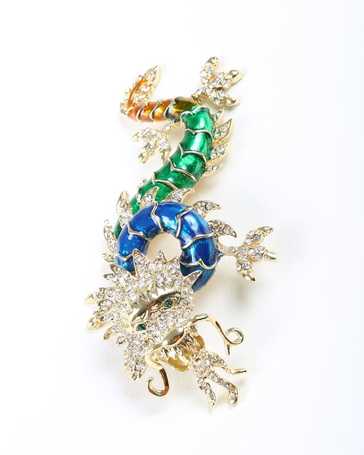
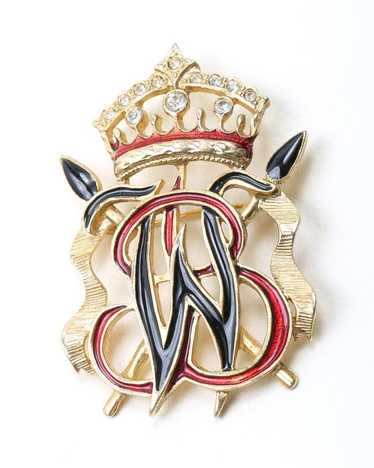
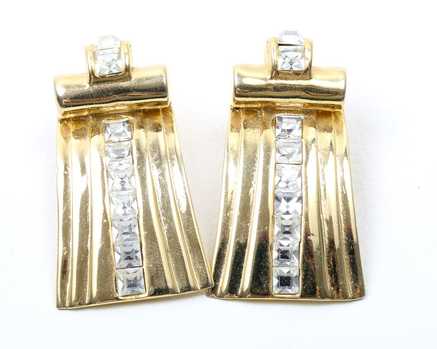
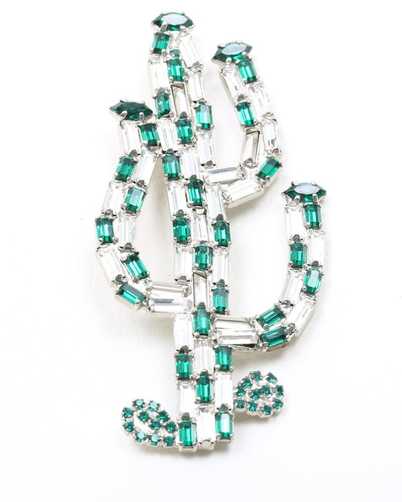
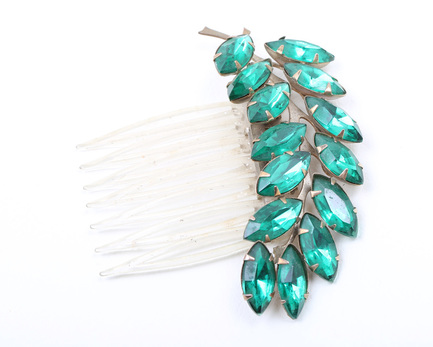
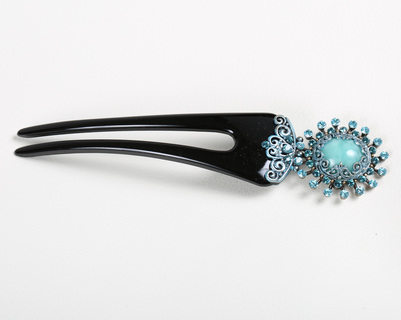
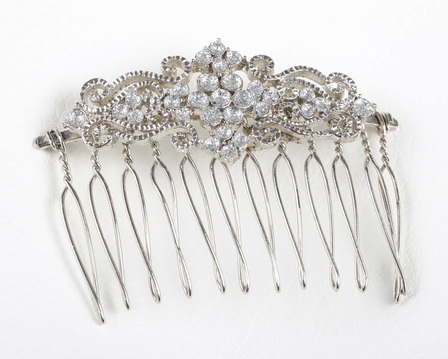
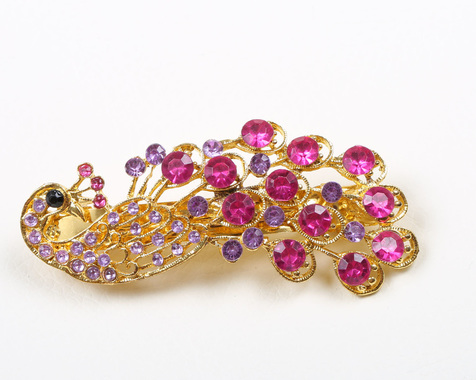
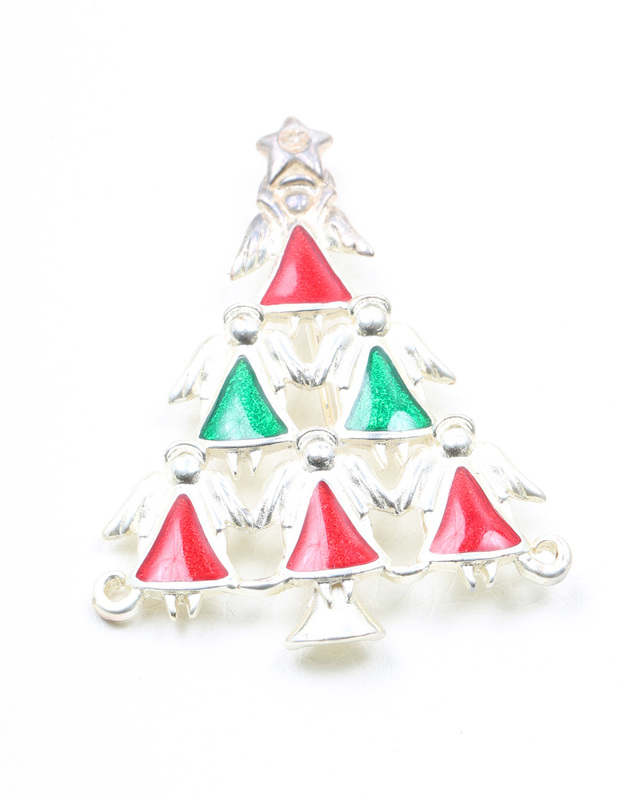
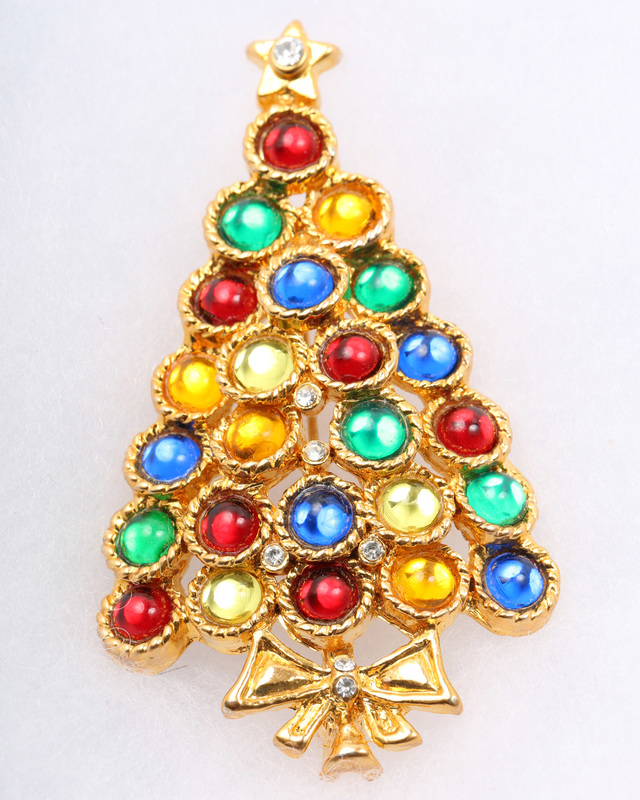
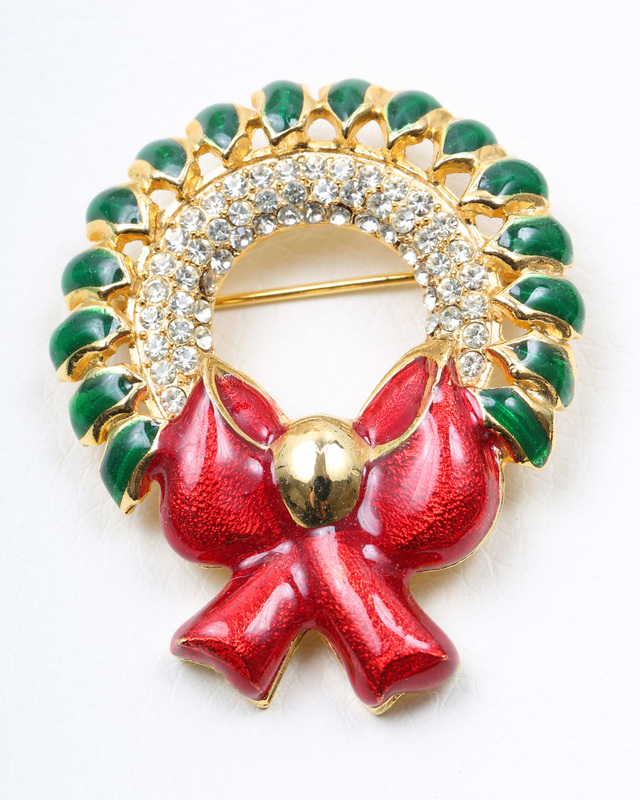
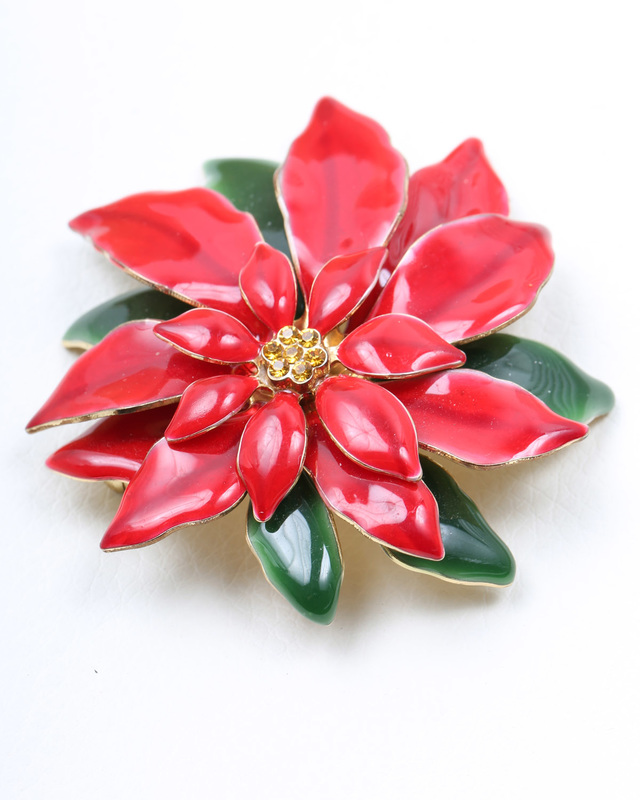
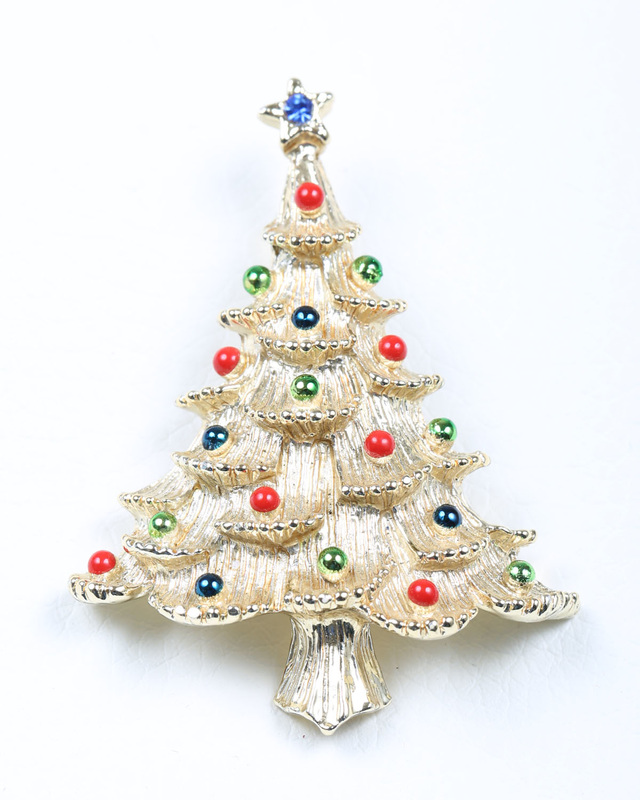
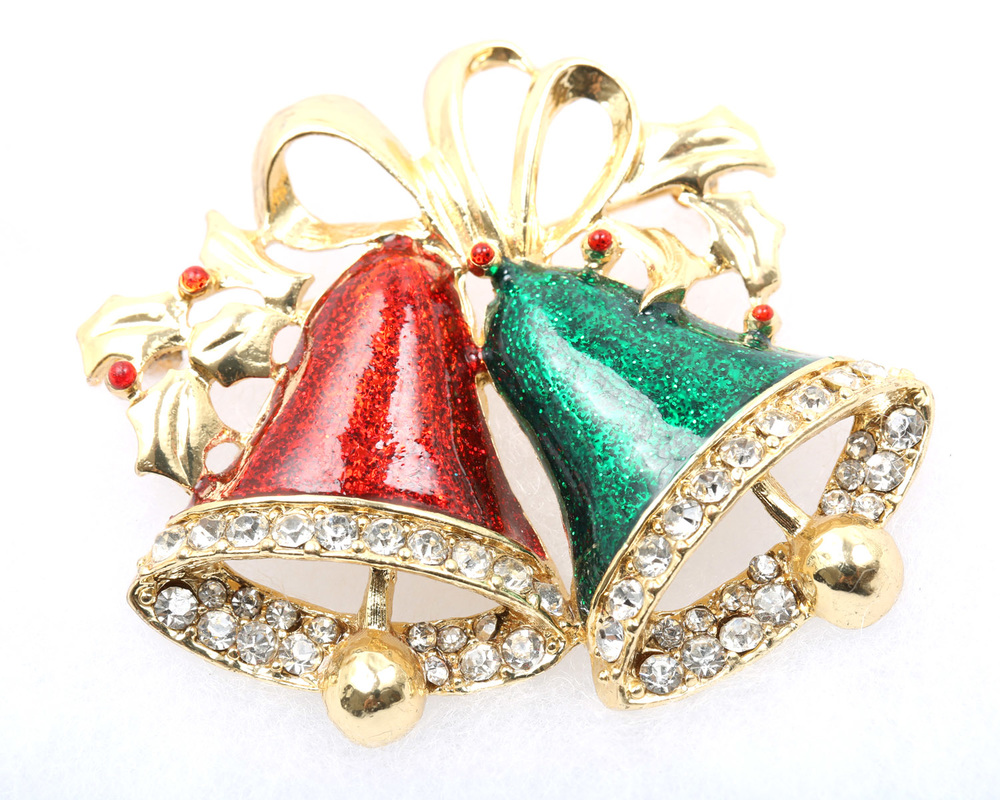
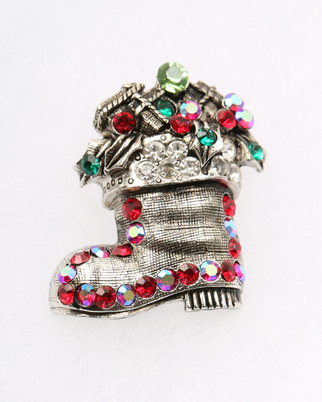
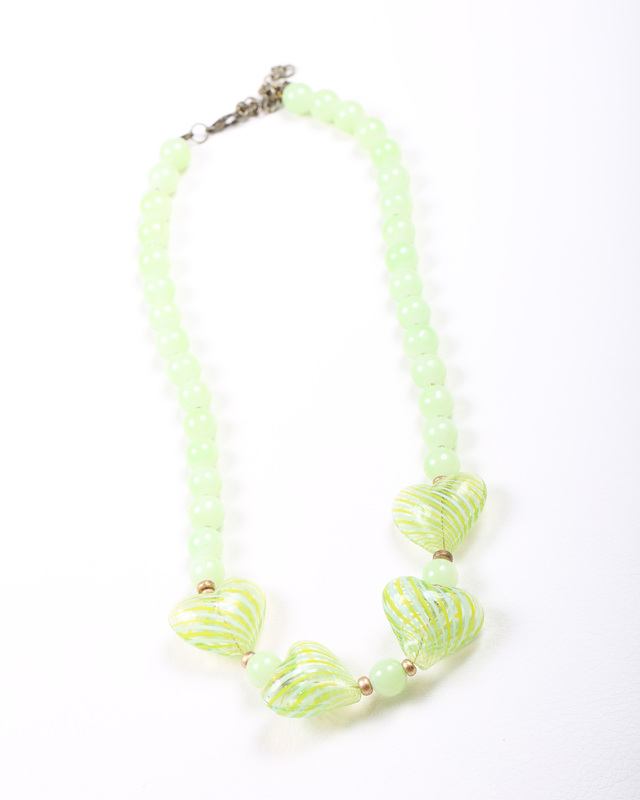
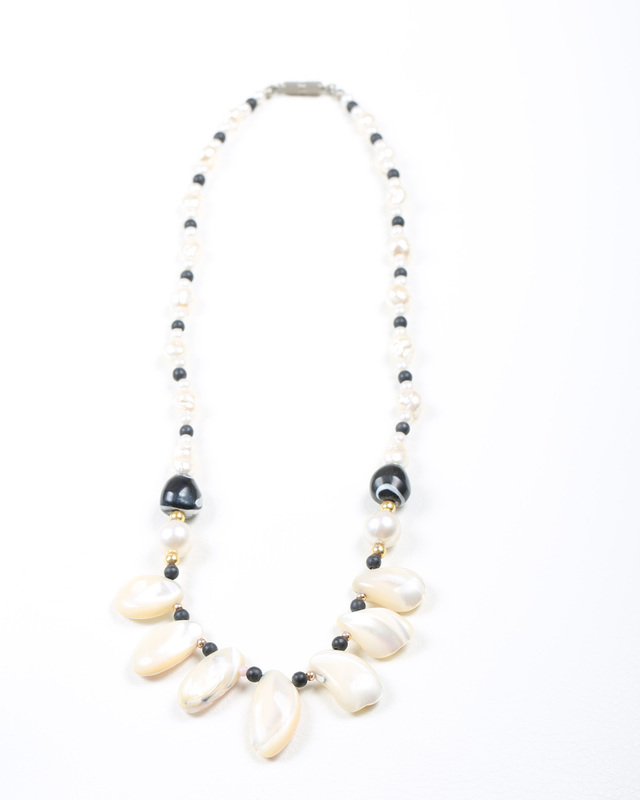
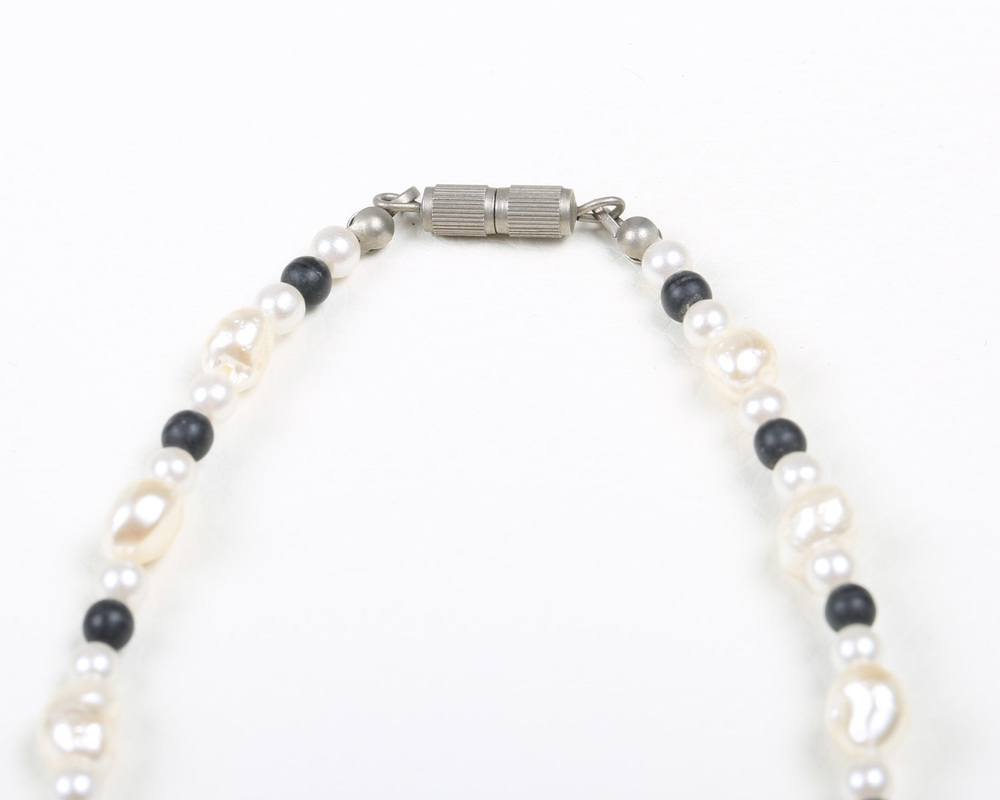
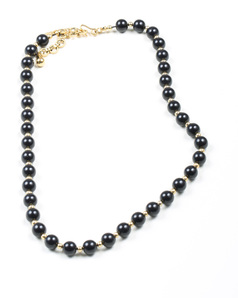
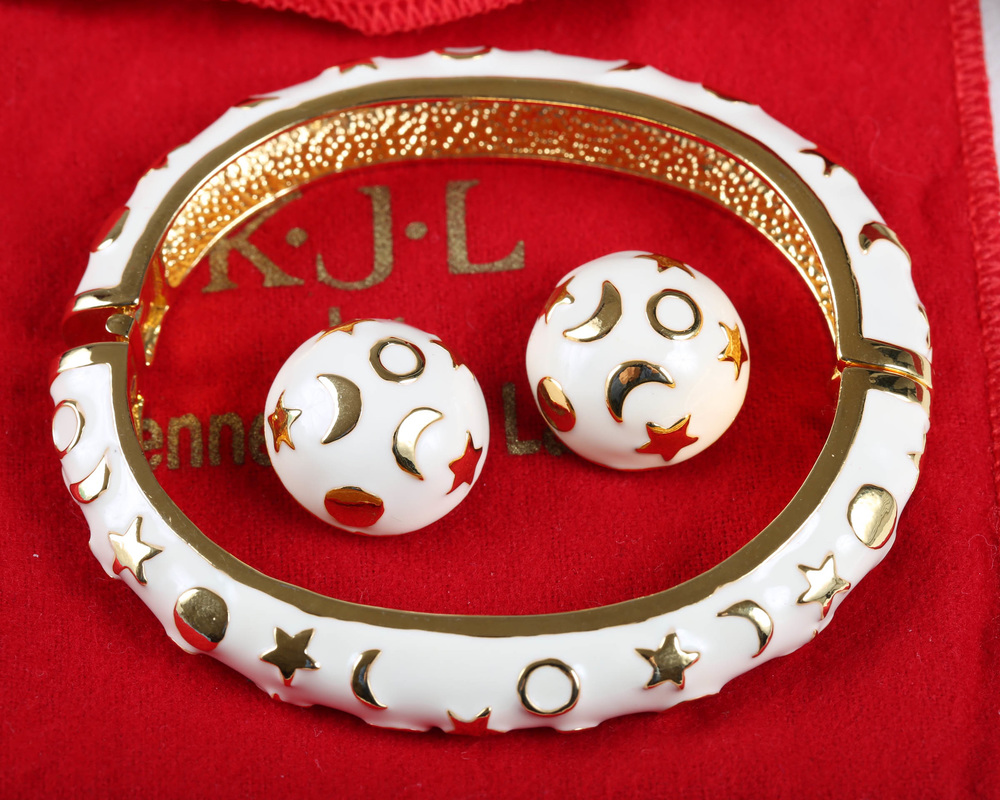
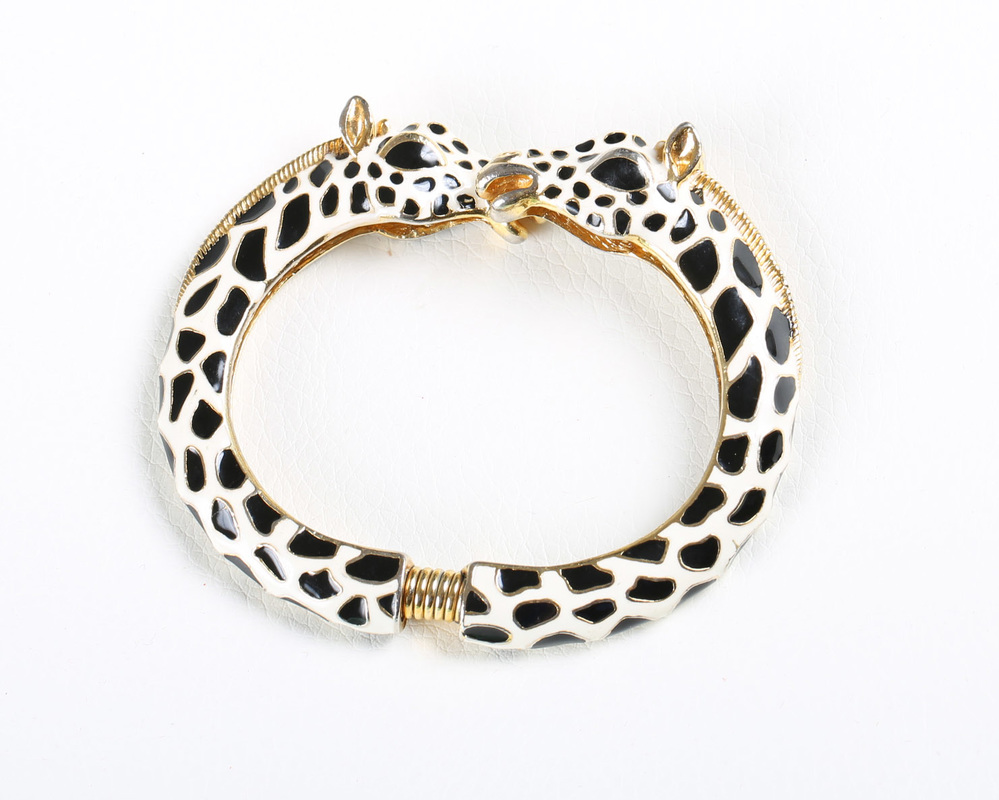
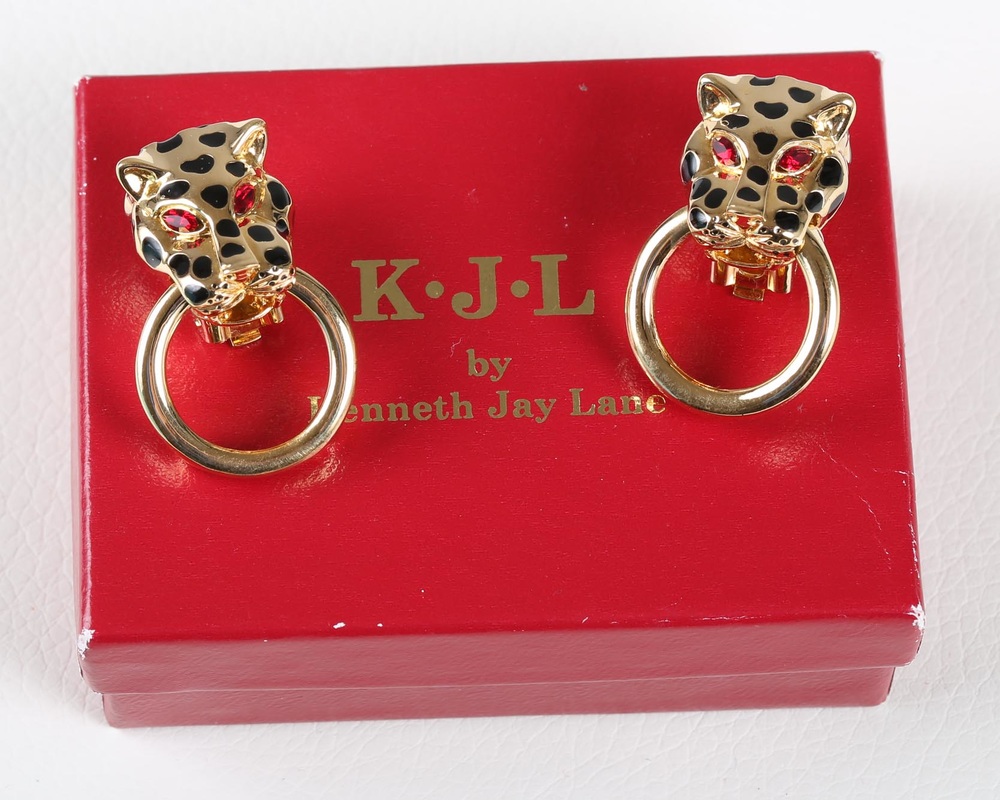
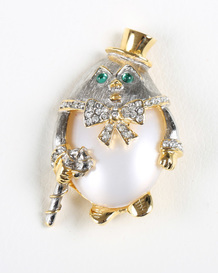
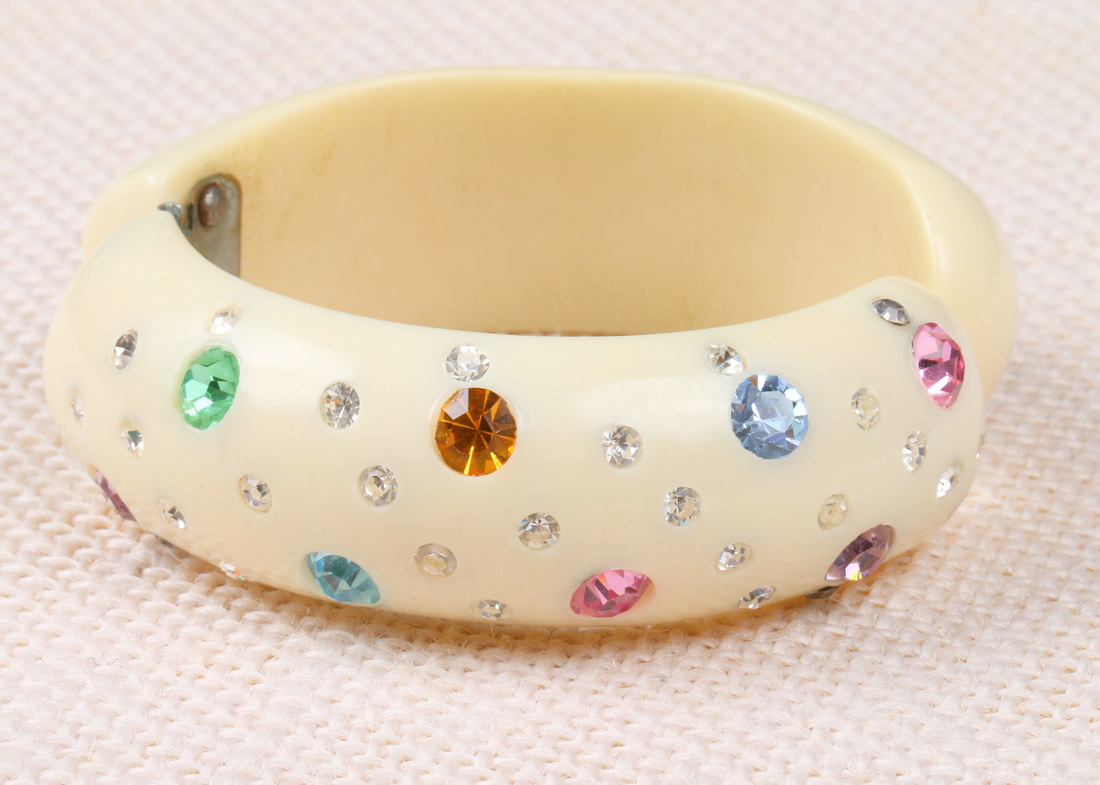
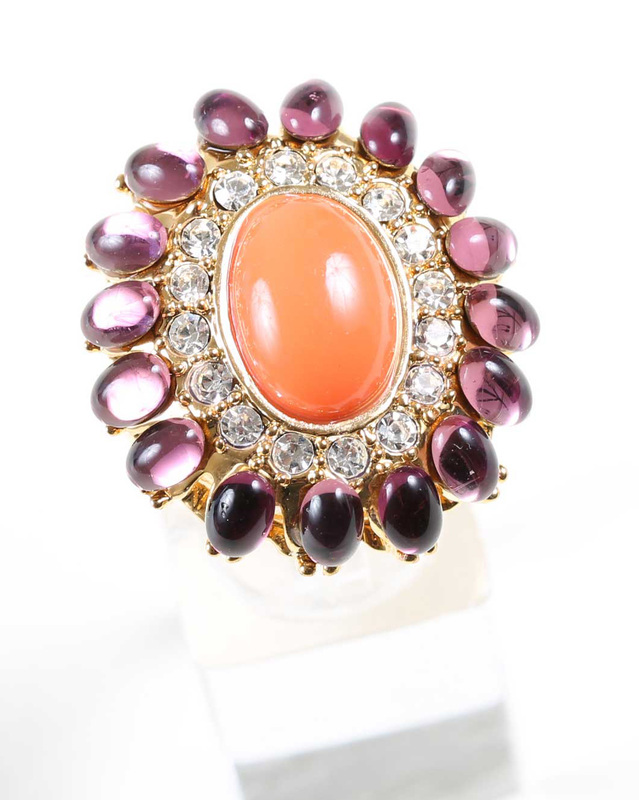
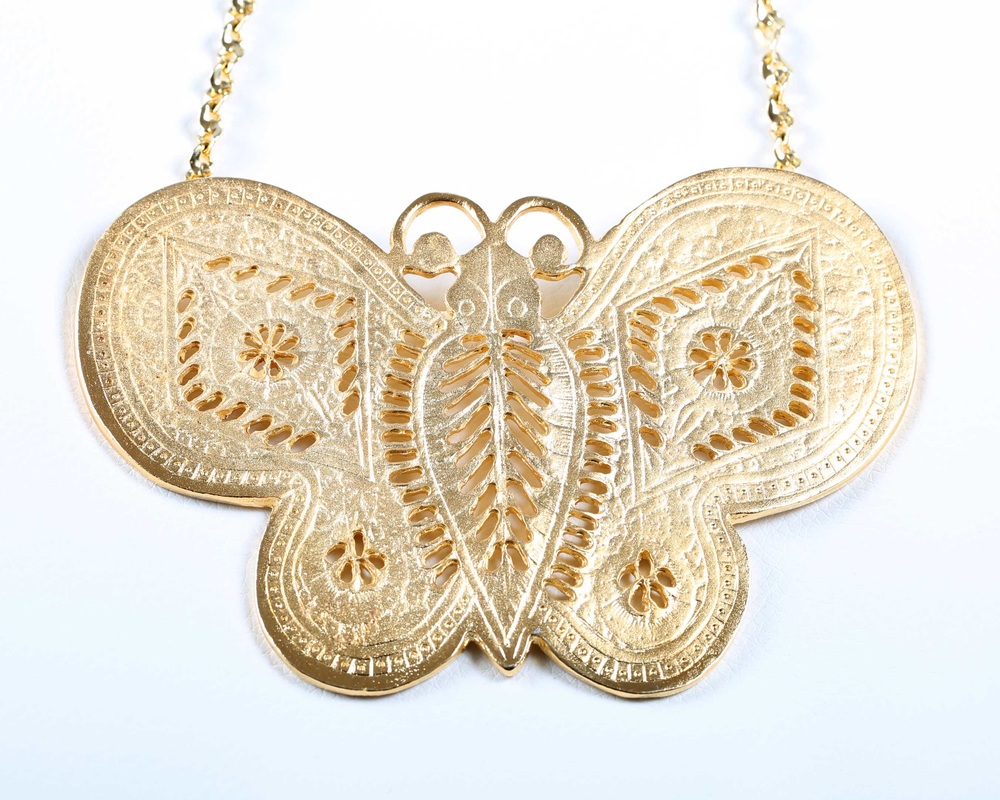
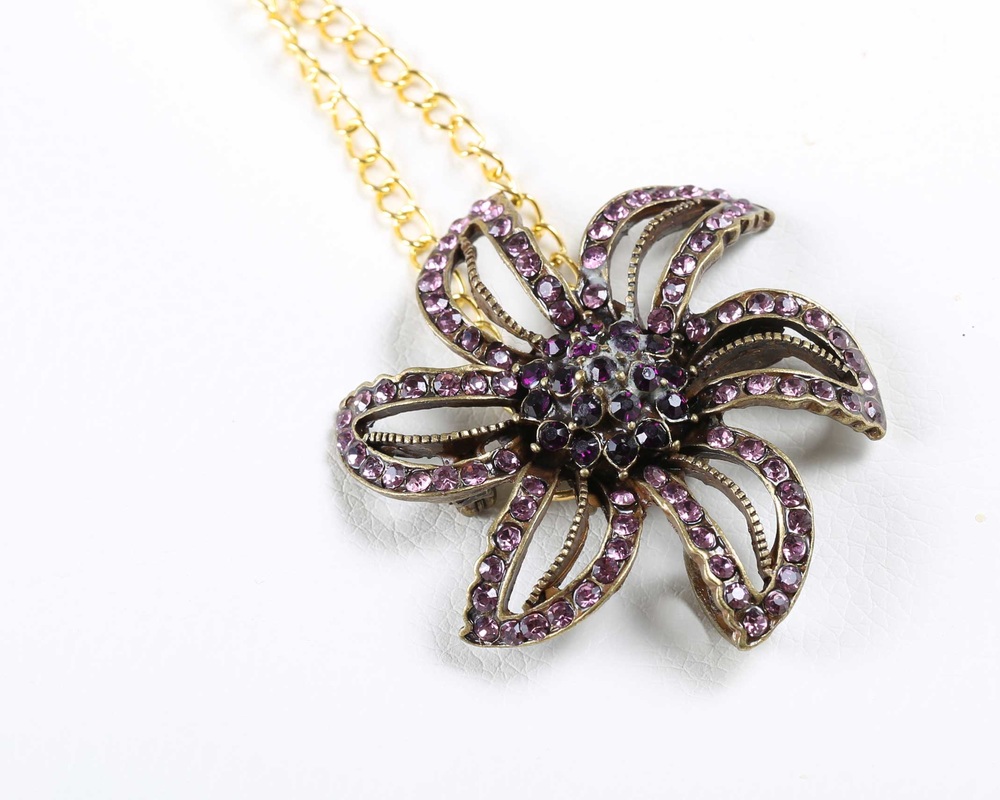
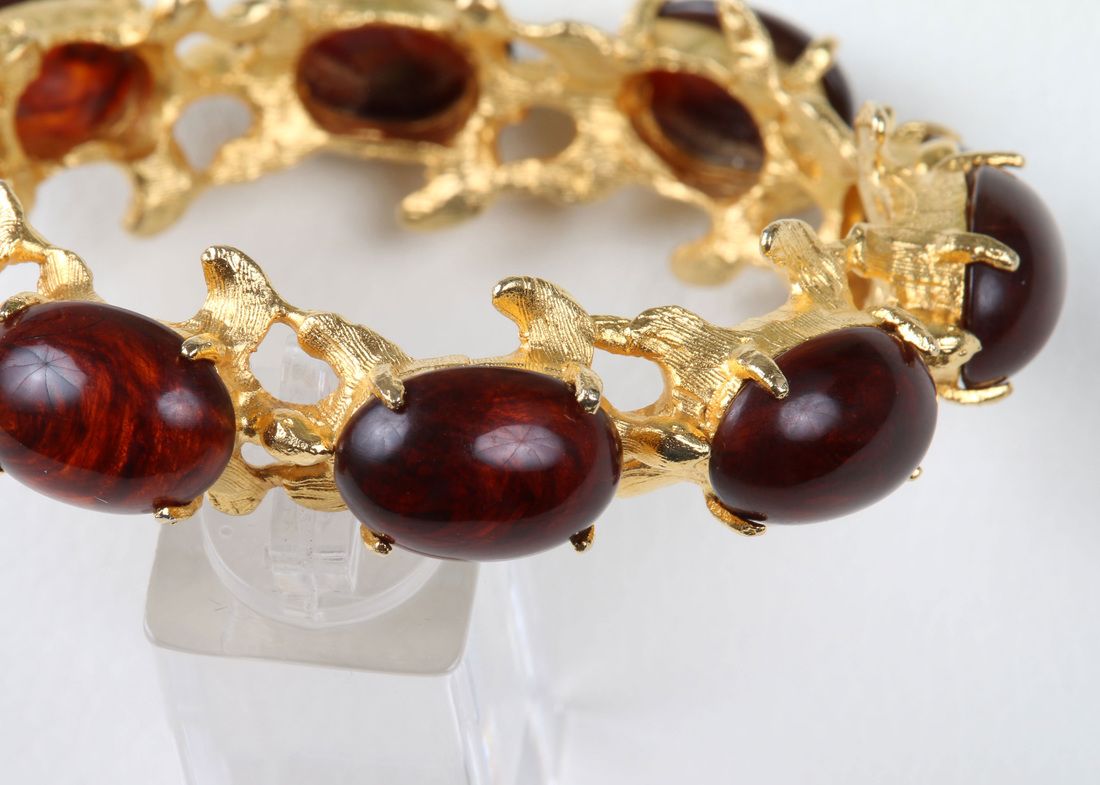
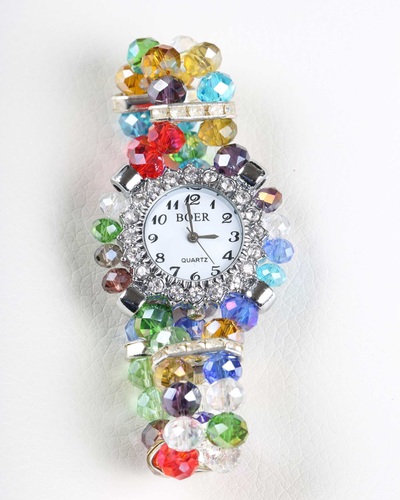
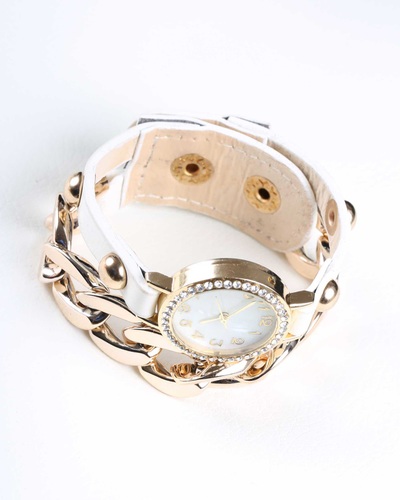
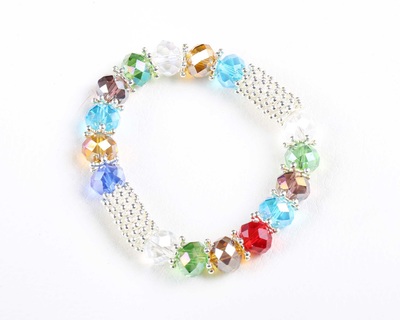
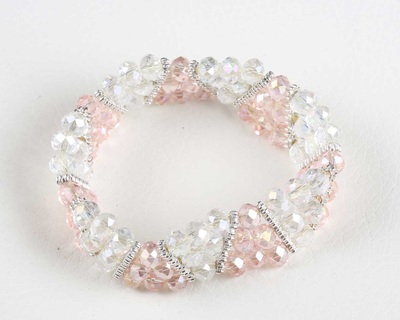
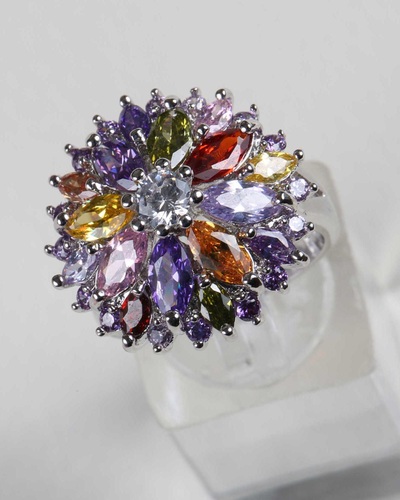
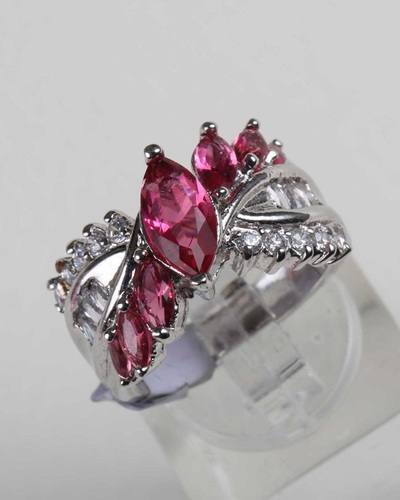
 RSS Feed
RSS Feed